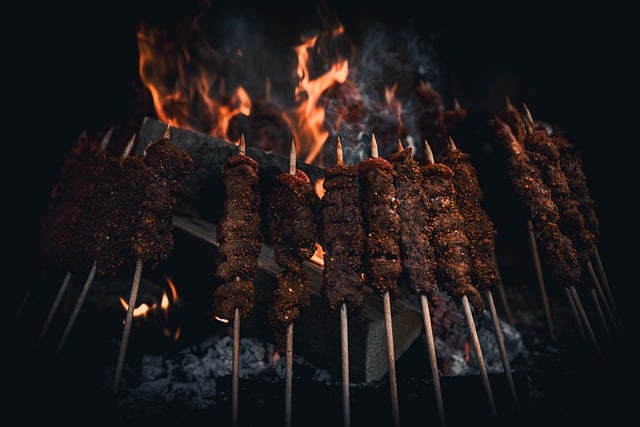Barbecue Basics: Techniques, Equipment, and Outdoor Cooking
Barbecue is a cooking tradition that blends slow heat, smoke, and seasonings to transform simple ingredients into rich-flavored food. Whether you’re lighting a charcoal pit or firing up a gas grill, understanding the fundamentals of temperature control, wood or fuel choice, and timing makes a big difference in results. This article explains core barbecue concepts, gear selection, common cooking methods, flavor building, and practical safety and maintenance tips for outdoor cooking.

What is barbecue and how does it differ from grilling?
Barbecue generally refers to low-and-slow cooking over indirect heat with smoke, while grilling uses higher, direct heat for faster searing. In practice the terms overlap: regional styles and cultural traditions shape definitions. Barbecue techniques emphasize patience, longer cook times, and smoke from wood or charcoal to develop deep flavors. Grilling tends to focus on quick-cooking cuts like steaks or vegetables on a hot grate. Knowing the difference helps you choose the right approach for the cut of meat or type of food you’re preparing.
How to choose the right grill for outdoor cooking
Selecting a grill depends on your cooking goals and how much time you want to invest. Charcoal grills and offset smokers favor traditional barbecue because they produce live smoke and allow fine control of low temperatures for long cooks. Gas grills are convenient for everyday outdoor cooking and can approximate barbecue when fitted with a smoker box or used for indirect heat. Pellet grills offer automated temperature control and steady smoke, useful for hands-off cooks. Consider size, fuel availability, build quality, and how often you’ll host outdoor meals before deciding.
What cooking techniques are common in barbecue and cooking timing
Common barbecue techniques include the two-zone method (direct and indirect heat), low-and-slow smoking (225–275°F for many meats), and finishing with a sear or glaze. Timing varies by cut: larger ribs and briskets can require several hours to cook to the desired tenderness, while poultry and smaller cuts take less time. Internal temperature, rather than time alone, is the most reliable indicator of doneness; use a probe thermometer to reach safe and tender results. Resting cooked food for 10–30 minutes lets juices redistribute and improves texture.
How to prepare food and manage flavors for barbecue
Preparation balances seasoning, moisture, and smoke. A simple rub of salt, pepper, and spices enhances natural flavors; marinades or brines add moisture and can modify texture. Wood choice affects aroma: fruit woods (apple, cherry) produce mild, sweet smoke; oak and hickory give stronger, more savory profiles. Avoid heavy smoke early in a long cook to prevent bitterness; instead maintain a steady, clean burn. Sauces are often applied toward the end of cooking to avoid burning sugar-heavy glazes. For vegetables and seafood, shorter smoke exposure and careful temperature control preserve delicate textures.
Safety and maintenance for outdoor grill and barbecue
Safe outdoor cooking starts with placement: position grills on stable, non-combustible surfaces away from structures and overhanging branches. Keep a spray bottle for flare-ups and have a fire extinguisher or sand nearby for emergencies. Clean grates and remove ash regularly to maintain airflow and prevent flare-ups; check propane connections and hoses for leaks on gas grills. For charcoal and wood-burning smokers, dispose of cooled ashes in a metal container. Handling raw food safely — keeping separate utensils and using a thermometer — reduces foodborne illness risk during outdoor meals.
Conclusion
Barbecue combines technique, equipment, and patience to transform simple ingredients into flavorful outdoor food. Understanding the differences between smoking and grilling, choosing the right grill for your needs, practicing reliable cooking techniques, building balanced flavors, and following safety and maintenance routines will improve outcomes. With consistent practice and attention to temperature and fuel, barbecue becomes a repeatable and rewarding approach to outdoor cooking.




